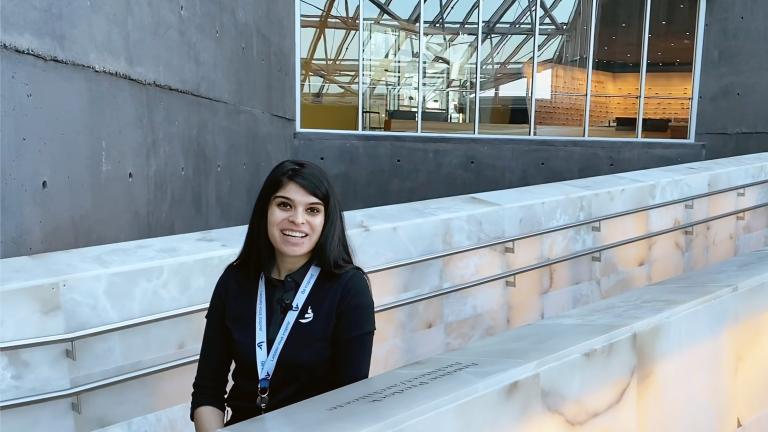“A view from the top” is a three‐lesson unit plan to accompany the Virtual Museum Tour: A view from the top. This unit introduces students to inspiring human rights stories and how these stories motivated people to take action for human rights.
The lessons included in this unit plan are cross‐curricular and encourage students to read, write, research, and communicate ideas about inspiring change for human rights.
